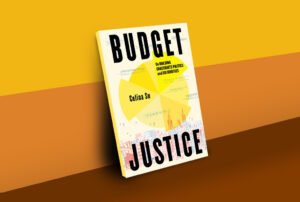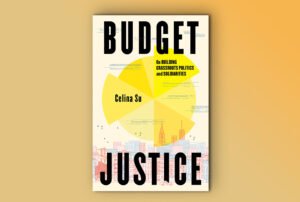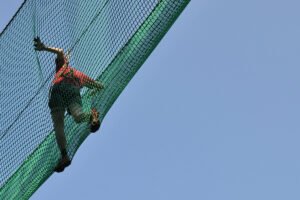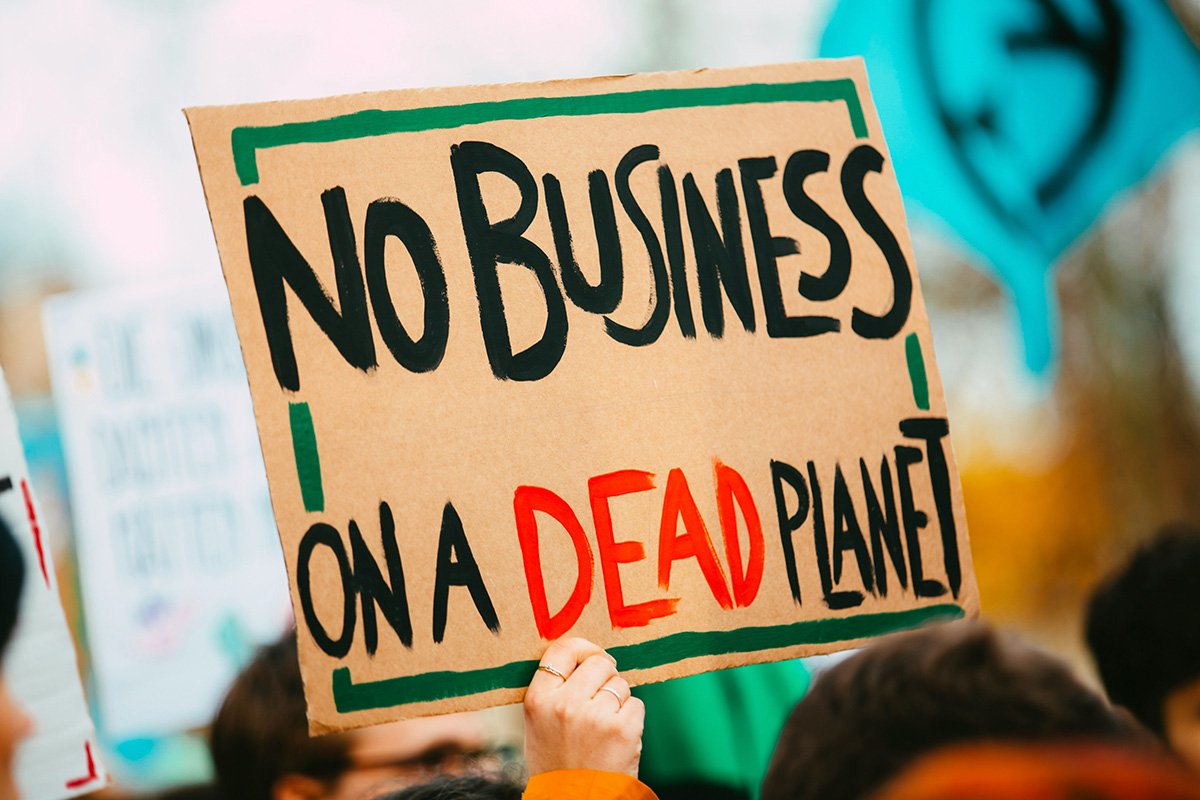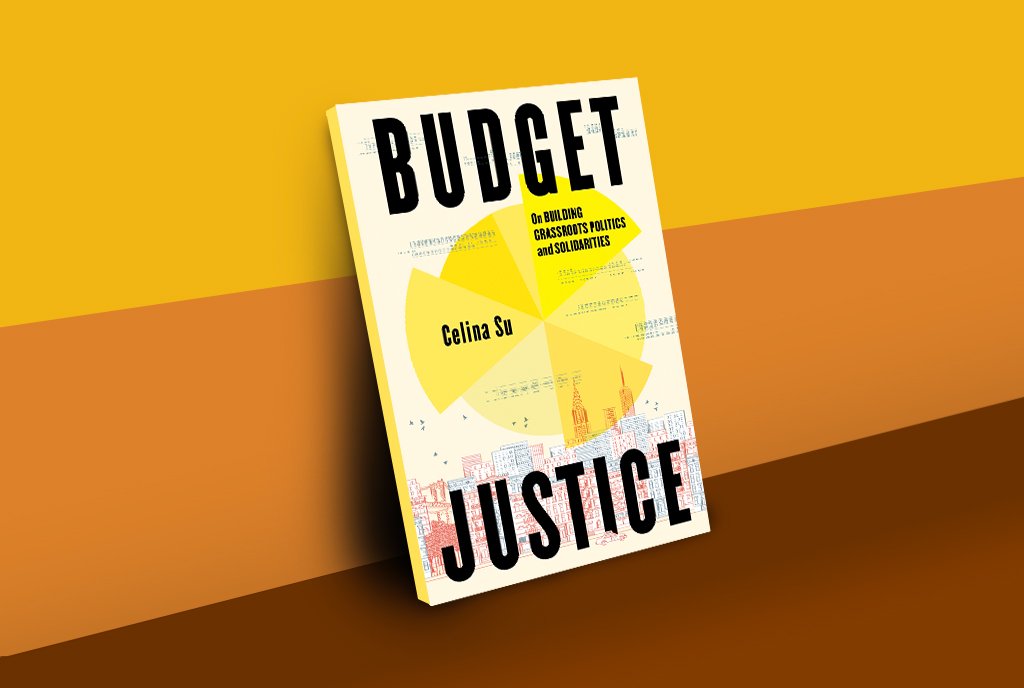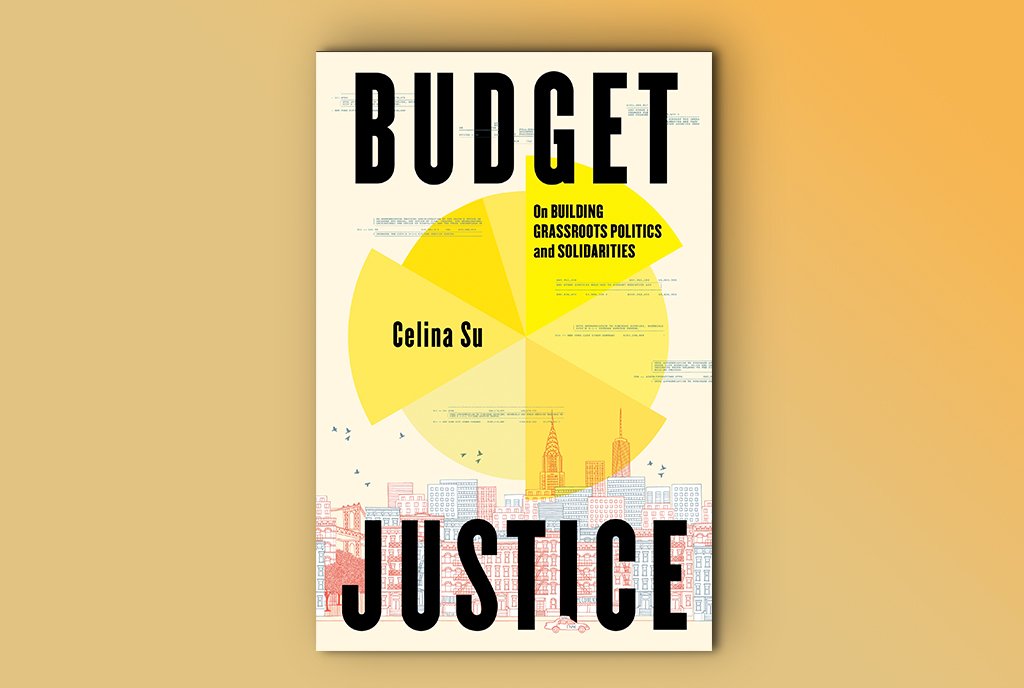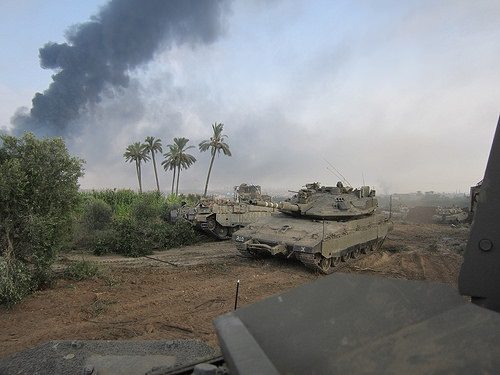
July 29, 2014; YES! Magazine
It probably goes without saying that we aren’t swayed, cowed, or deterred by the vitriol we encounter in response to Nonprofit Quarterly’s coverage that treats Palestinians as humans within the context Israel’s attack on Gaza. Consequently, we are quite taken with the commentary from Seattle human rights activist Jen Marlowe in YES! Magazine. Her recent article provides an important touchpoint for those of us who believe that the children of Gaza and Israel need to be protected—and that there are NGOs out there working for peace and security.
The shocking fact of the matter, as Marlowe notes based on a report from the United Nations Office for the Coordination of Humanitarian Affairs, is that “there have been more children killed in Gaza than militants killed.” No matter where you stand on the grievances of Palestinians and Israelis, children aren’t combatants and making them the collateral damage of warfare is simply horrific and indefensible. Although some Israeli spokespersons have intimated that the reports on civilian casualties in Gaza are unreliable because the statistics are compiled by Hamas, Save the Children just released in full-page ads in national newspapers the names of 373 children and babies that have been killed in the conflict (the UN says that the number of dead children has risen to 408), noting that “One child’s death is too many—373 is an outrage that is a stain on the world’s conscience.”
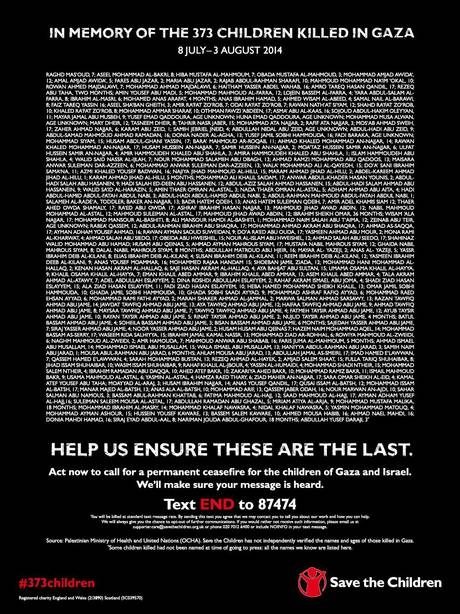
Sign up for our free newsletters
Subscribe to NPQ's newsletters to have our top stories delivered directly to your inbox.
By signing up, you agree to our privacy policy and terms of use, and to receive messages from NPQ and our partners.
To be clear, Save’s list only includes dead children, not those wounded and maimed, nor those who will be suffering from the effects of PTSD for years to come.
In light of these grim, tragic facts, Marlowe asks, “Who on the ground in Israel and Palestine is doing the work to dismantle the structures of violence, injustice, and oppression and replace them with structures of true equality; structures where every human life is accorded equal value and every child’s rights and needs and fears are given equal weight?” She offers a list of inspiring organizations—a bit heavy on the creative media side, since she is a filmmaker herself—that she says “are building toward true peace—a peace that comes with dignity, security, equality, and respect for human rights for all Palestinians and Israelis”:
- Adalah – The Legal Center for Arab Minority Rights in Israel, based in Haifa, working on protecting the human and legal rights of Palestinian citizens of Israel and Palestinians in the Occupied Territories
- Al-Haq, formed by Palestinian lawyers in the West Bank city of Ramallah, which documents human rights violations in the Occupied Territories
- Al Mezan Center for Human Rights, promoting human rights for residents of Gaza
- B’tselem – The Israeli Information Center for Human Rights in the Occupied Territories, educating the Israeli public about human rights violations in the Occupied Territories and, according to Marlowe, “combat[ting] the phenomenon of denial prevalent among Israelis”
- The Freedom Theatre in the Jenin Refugee Camp, offering theater classes, a professional drama school, writing workshops, and other programs that elevate “the potential of art as a catalyst for resistance and social change.”
- Just Vision, with a presence in Jerusalem, Ramallah, New York, and Washington, D.C., uses creative media “to highlight the efforts…of Palestinian and Israeli activists who are nonviolently working to end the occupation and build a future of freedom, dignity, equality and human security”
- Activestills, engaged in photojournalism documenting the Palestinian struggle
- The Alternative Information Center, emphasizing Palestinians’ rights to self-determination and the return of refugees
- +972 and its Israeli sister site, Sikha Mekomit (“Local Call”), blog-based webzines with a commitment to human rights and the end of the occupation
- Combatants for Peace, formed by former Israeli soldiers and Palestinian militants, who have decided to work for nonviolent solutions
- New Profile, an organization of feminist men and women who provide “information and support for youth grappling with the decision about whether to do their obligatory military service or become ‘refuseniks’”
- The Parents Circle/Family Forum, an organization of families that have lost family members in the conflict
- Breaking the Silence, an organization of former IDF soldiers who Marlowe reports “all served in the Occupied Territories and are trying to expose the Israeli public to the abuses they saw and participated directly in”
Marlowe’s service to the readers of YES Magazine—and, through this newswire, the readers of Nonprofit Quarterly—should be applauded. NPQ has written about some of these organizations before, notably Breaking the Silence, but Marlowe’s list is in some ways truly inspiring for its enumeration of NGOs involving Palestinians and Israelis working together for peace. There are additional NGOs delivering critically needed relief and assistance in Gaza as well as the West Bank, including the Palestine Children’s Relief Fund, American Near East Refugee Aid, and Save the Children. Those relief organizations add to the picture of NGOs working to protect, support, and help civilians who should never have become collateral damage in this war.
This combination of NGOs ought to give readers hope that despite the blood-curdling ferocity of the armies on both sides of the conflict, apparently little constrained by thoughts of the deaths of children, there is a civil society infrastructure in Gaza, the Occupied West Bank, and Israel that is building toward peace. Save the Children concluded its public statement accompanying the full-page ad of the 373 deaths by saying, “We must ensure that no more young lives are needlessly sacrificed.” Marlowe’s list is an array of organizations that are putting their energies to make sure that children—and all Palestinians and Israelis—are given a chance for peace in this terribly troubled area of the world.—Rick Cohen




